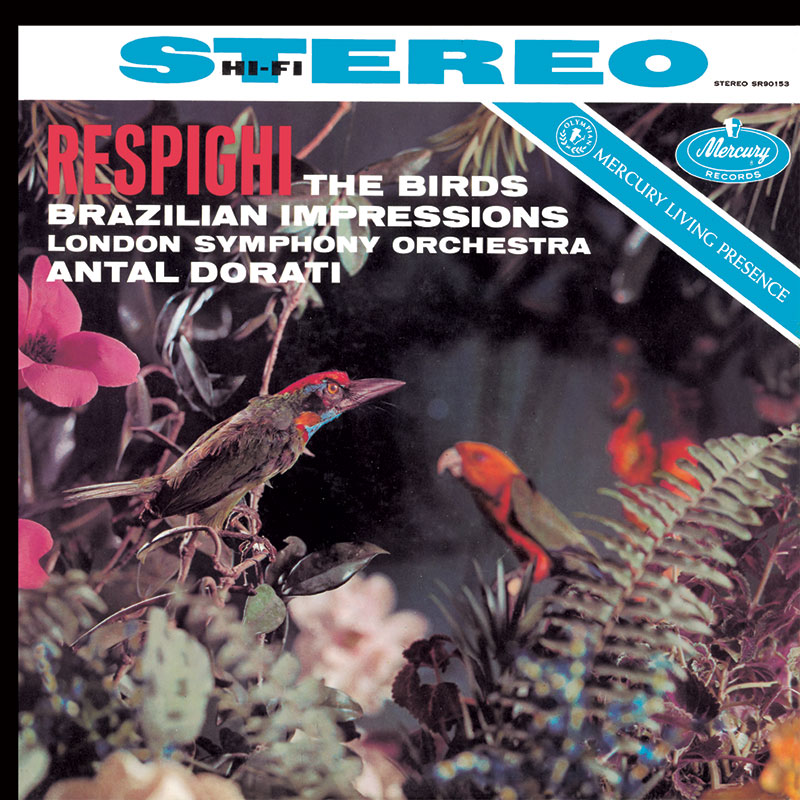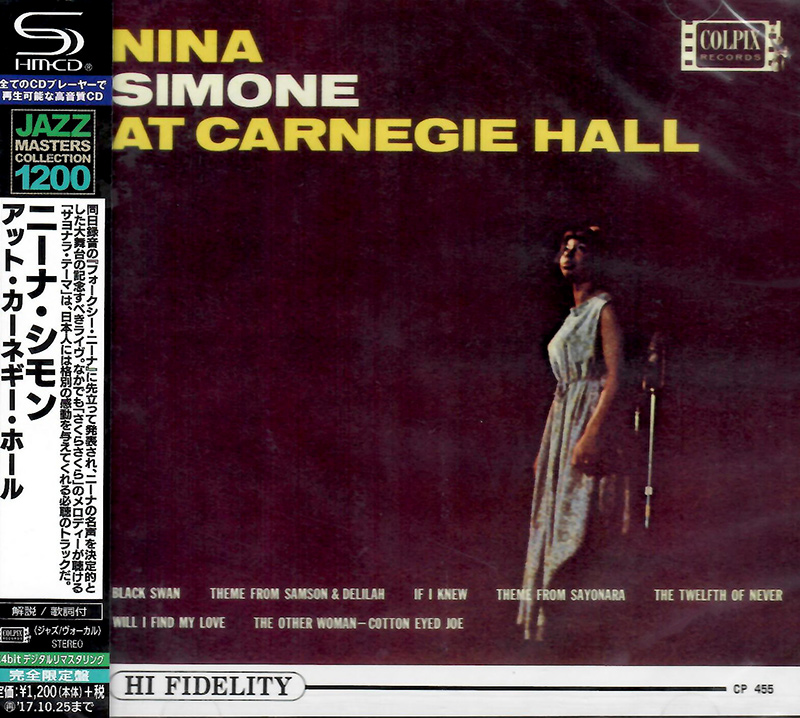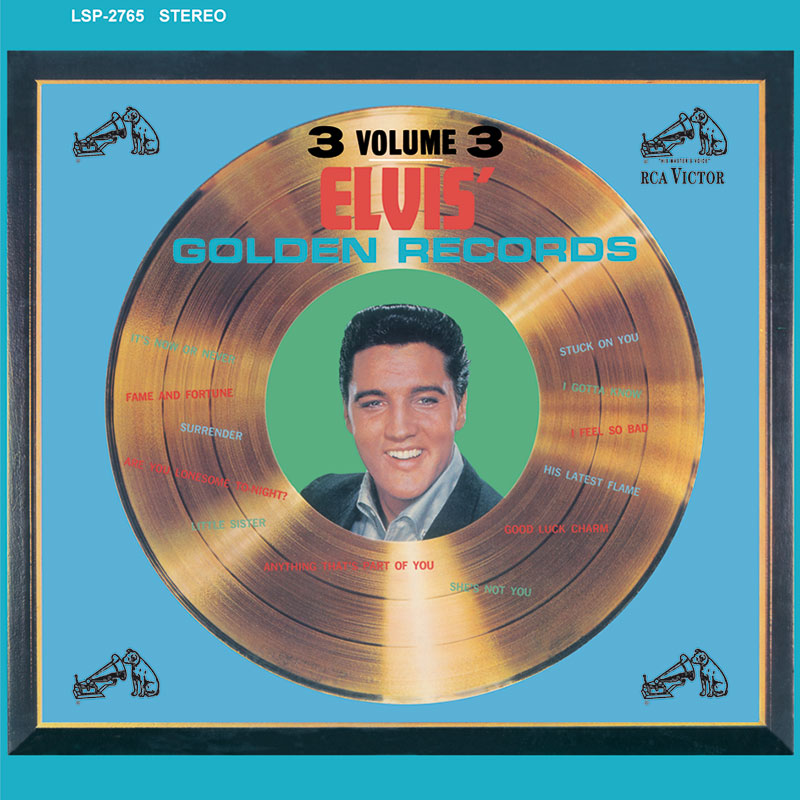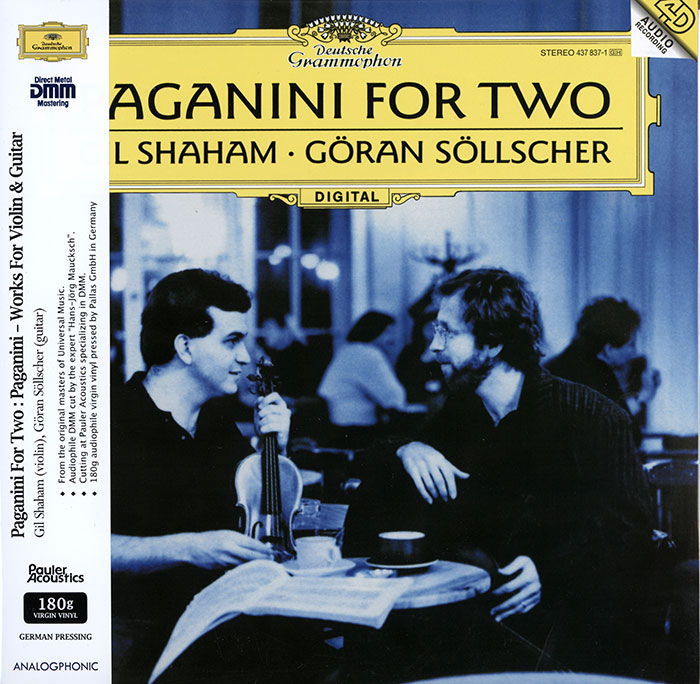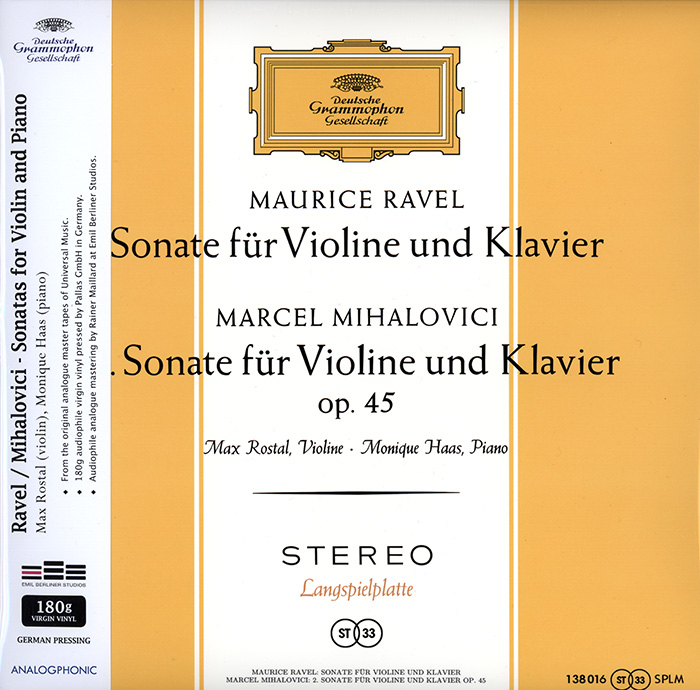Logowanie
Mikołaj - ten to ma gest!
Elton John, The Mamas & The Papas, Cat Stevens, Rod Stewart, Bobbie Gentry, Stevie Wonder, Engelbert Humperdinck
Memory Lane
Edycja Numerowana - 1000 egzemplarzy w skali światowej
RACHMANINOV, Eiji Oue, Minnesota Orchestra
Symphonic Dances / Vocalise
Best Recordings of 2001!!! NAJCZĘŚCIEJ KUPOWANA PŁYTA Z RR!
Karnawał czas zacząć!
Music of Love - Hi-Fi Latin Rhythms
Samba : Music of Celebration
AUDIOPHILE 24BIT RECORDING AND MASTERING
CHOPIN, LISZT, DEBUSSY, DVORAK, Gerhard Oppitz
Dances romantiques - A fantastic Notturno
Wzorcowa jakość audiofilska z Clearaudio
Winylowy niezbędnik
ClearAudio
Double Matrix Professional - Sonic
najbardziej inteligentna i skuteczna pralka do płyt winylowych wszelkiego typu - całkowicie automatyczna
RESPIGHI, Antal Dorati
Birds, Brazilian Impressions
It was Respighi’s fascination with ancient dances and songs that inspired him to write his bird suite. His great love for such music makes itself felt in every single movement of this work. While Respighi imbued each of the bird portraits with his very own sound colouring typical of his time, there is an original masterpiece by a Renaissance or Baroque composer lurking in the background. The marchlike "Intrada", based on a piece by Bernardo Pasquini (1637-1710), is further refined by a gradual building-up of the instrumental apparatus and comes to a final climax full of pomp and glory in which the brass are given prominence. Ornithological elements are easily identified in the movements which follow: the dove’s cooing and billing is are underlined by a sighing, rhythmic base; the hen is heard clucking with a characteristic motif, and the song of the nightingale is brought to us by the flute over a mysterious murmuring on the low strings. The cuckoo is then heard, followed by a repeat of the initial theme, thus bringing to perfect completion "Gli Ucelli" ("The Birds"), a colourful bird show which knows no rival in modern music. The "Impressioni brasiliano" ("Brazilian Impressions") is also a seldom heard jewel in both the concert hall and on record. Although the three-movement work has a subtle rhythm which runs throughout the work, it is far removed from the well-known 'Europeanised' samba adaptations which are so often heard. The suite is remarkable for its tender, impressionistic colouring which demands to be heard time and time again.





























